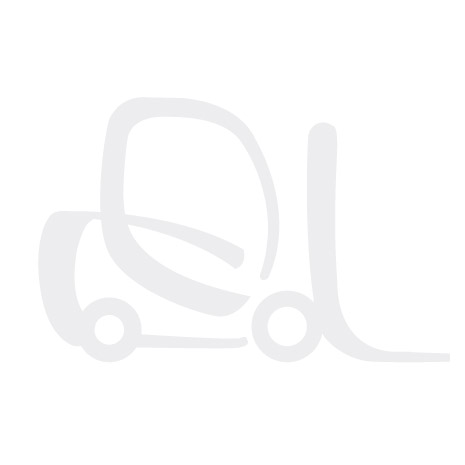A Beginner’s Guide from Forklift Accessories
Here at Forklift Accessories, forklifts are in our blood, but we also know that many of our new customers are also new to forklifts. For those of you who are, this beginner’s guide to forklift features will help you understand some of the basic features and functions of a forklift.
Let’s start with the all-important front of the forklift — the part that gives the fork-lift its name. The forks themselves are an obvious starting point. Also sometimes called “tynes,” they come standard on all forklifts because forklifts are designed primarily for lifting pallets. Ingenious forklift attachments like forklift booms extend the lift truck’s capabilities even further.
The mast is the vertical support structure that makes the forklift able to lift and lower a load, but in itself is stationary. It’s the hydraulics system that does the grunt work. The lift cylinder, as its name implies, is what controls the lifting of the mast and carriage, which the forks are attached to. Of equal importance, though, is the tilt cylinder. For safe handling of materials, the mast should be tilted back and the load should rest against the back rest.
Now let’s move all the way to the back of the forklift for a moment. The forklift above is a counterweight forklift. The counterweight is located at the rear of the lift truck in order to provide stability when the industrial truck is carrying a load. Narrow aisle forklifts don’t have counterweights. Instead, they have outriggers under the front forks. Outriggers allow the forklift to be more compact in size and turn in narrow aisles.

An ergonomically designed forklift replacement seat
Now let’s take a look at the carriage. There are 3 important safety features on the carriage. One of them is the overhead guard. This not only protects the operator from falling objects, but also protects him if the forklift falls. That’s why it’s vitally important that forklift operators wear seat belts at all times. Many forklift fatalities have occurred when operators were thrown from the lift truck and crushed by it.
Although it’s not life threatening, a cheap or poorly designed seat can be a greater handicap than you may imagine. If you have purchased a used forklift, we recommend getting an ergonomically designed forklift replacement seat. Why? For 2 reasons:
- They help prevent lower back injuries, which are common in sedentary occupations. Forklift operators are particularly susceptible to them because the vibrations from the lift truck add extra strain on the back.
- A comfortable seat greatly reduces operator fatigue. This makes the operator a safer and more efficient worker.
Can you find the 3rd important safety feature on the carriage? It’s a small feature, but it’s vitally important. The rating plate (also called a data plate) tells you everything you need to know about the forklift’s carrying capacity.
Other important features on the carriage include lights and horns. Make sure to test these daily, because you never know when you’ll need them. The horn, especially, should always be checked because when the operator needs it the most, he needs it immediately.
You can add even more useful features to your forklift with forklift accessories. Find out about the most indispensable forklift accessories in the resources section of our main website.

